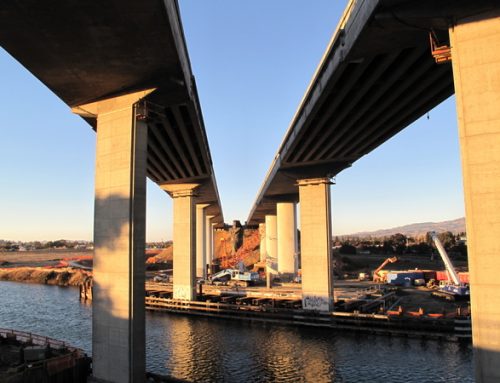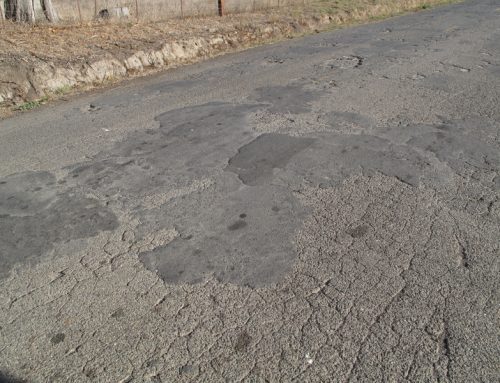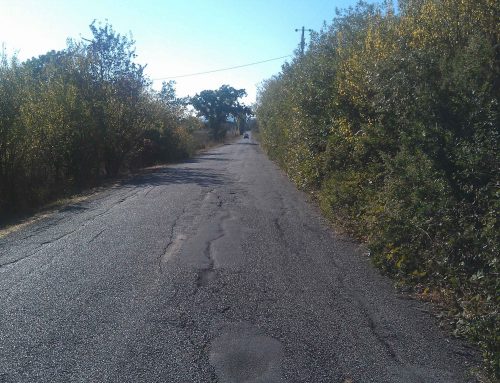We’ve had several readers write in asking what the new STAR smog test program is. Here’s an answer:
The state Bureau of Automotive Repair on Jan. 1 changed its smog test program by eliminating Gold Shield smog-check stations, which generally handled potentially high polluting vehicles, and creating STAR test stations, which must meet a higher performance standard for technicians and the stations themselves as set by the bureau. Some of the STAR stations are test only while others can do tests and repairs, and there still are non-STAR smog stations for tests only and for tests and repairs.
For drivers, getting a DMV car registration renewal that requires a smog certification at a STAR station means your vehicle likely fits into a “high-emitter profile” and is statistically likely to fail a smog check based on its previous smog check history, engine type, make, model and other variables that indicate the vehicle has a greater likelihood to fail, said Russ Heimerich, a spokesman for the state Department of Consumer Affairs, of which the Bureau of Automotive repair is a part.
Or, he said, your vehicle just may have been chosen at random.
Heimerich said the STAR program partly resulted from a 2009 study by the bureau that found many vehicles that passed a smog check would be out of compliance with air pollution laws shortly thereafter. Bureau officials decided to step up standards for the smog test stations to catch high polluting vehicles and developed the STAR program.
The cost of having your vehicle tested at a STAR station should be about the same as before and could become cheaper as more stations join the STAR program and competition increases, he said.
The bureau offers financial help for emission-related repairs or to scrap a vehicle not worth repairing. For information on that aid, CLICK HERE.
To find a STAR station, CLICK HERE. You should call around to check prices.
—
Here’s another reader’s question:
With all the “share the road” signs, I have a question. Here in Petaluma downtown, the guys and gals on bikes ignore stop signs. But they will be going in the same direction as I am and come to a crosswalk and dart in front of me as if they were a pedestrian. Walking a bike you are a pedestrian. Riding a bike you are a vehicle and need to follow the rules of the road. Am I correct? Rick of Petaluma
The answer comes from Petaluma Police Sgt. Ken Savano, who says state law requires cyclists to follow traffic laws like drivers do, such as stopping for red lights, stop signs, yielding, etc. And drivers must share the road and treat the cyclists accordingly, such as respecting their right of way in a lane.
In Petaluma’s downtown business district, he says, cyclists must walk their bikes when on sidewalks.
He says Petaluma officers do ticket bicyclists for traffic violations but they don’t happen too often.
The DMV website outlines rules for cyclists. Check it out by CLICKING HERE.
As for crosswalks, Savano says, “If he is not walking, he is not a pedestrian” and must get off the bike and walk to be covered by the rights granted pedestrians.
The DMV says, “Stop and either cross as a pedestrian in the crosswalk, or make a 90-degree left turn and proceed as if you were coming from the right. If there is a signal light, wait for the green light or the WALK signal before crossing. Yield to pedestrians in the crosswalk.”
————–
If you have a question, send it to the Road Warrior at jim.fremgen@pressdemocrat.com
————–
Follow the Road Warrior on Twitter via @PDRoadWarrior



